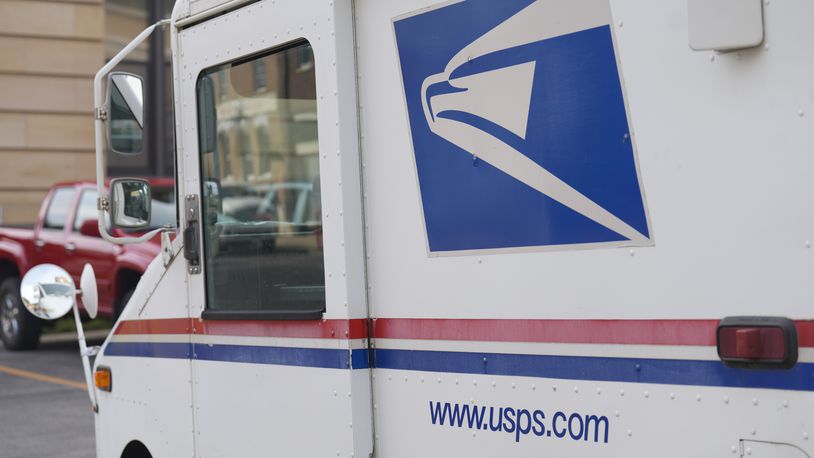The USPS said the “price adjustments are needed to achieve the financial stability sought by the organization’s Delivering for America 10-year plan.”
U.S. Postmaster General Louis DeJoy previously warned postal customers to get used to “uncomfortable” rate hikes as the Postal Service seeks to become self-sufficient. He said price increases were overdue after “at least 10 years of a defective pricing model.”
In its filing, the Postal Service said it’s also seeking price adjustments on special services such as money order fees and certified mail. But there will be no price increase for post office box rentals, and postal insurance will be reduced by 10% when items are mailed, the postal service said.
The increase is set for approval by the Postal Regulatory Commission.
While it is the sixth postage price hike since January 2021, the U.S. prices are still among the most affordable in the world.
The current price of a forever stamp is 68 cents. Metered letters currently cost 64 cents per ounce and will be 69 cents. Domestic postcards rise from 53 cents to 56 cents.
According to the news release, the complete Postal Service price filing, with prices for all products, may be found on the commission’s website under the Daily Listings section.
The Delivering for America 10-year plan was published in March 2021 and is aimed at moving the USPS from operational/financial crisis to being a self-sustaining business, relying on no taxpayer dollars.
The Postal Service has faced financial issues because, for years, it was required to fund retiree health care benefits for its employees in advance. It’s also facing headwinds, like other postal services globally, as fewer people send mail. Its operations are generally not funded by tax revenues.
About the Author
